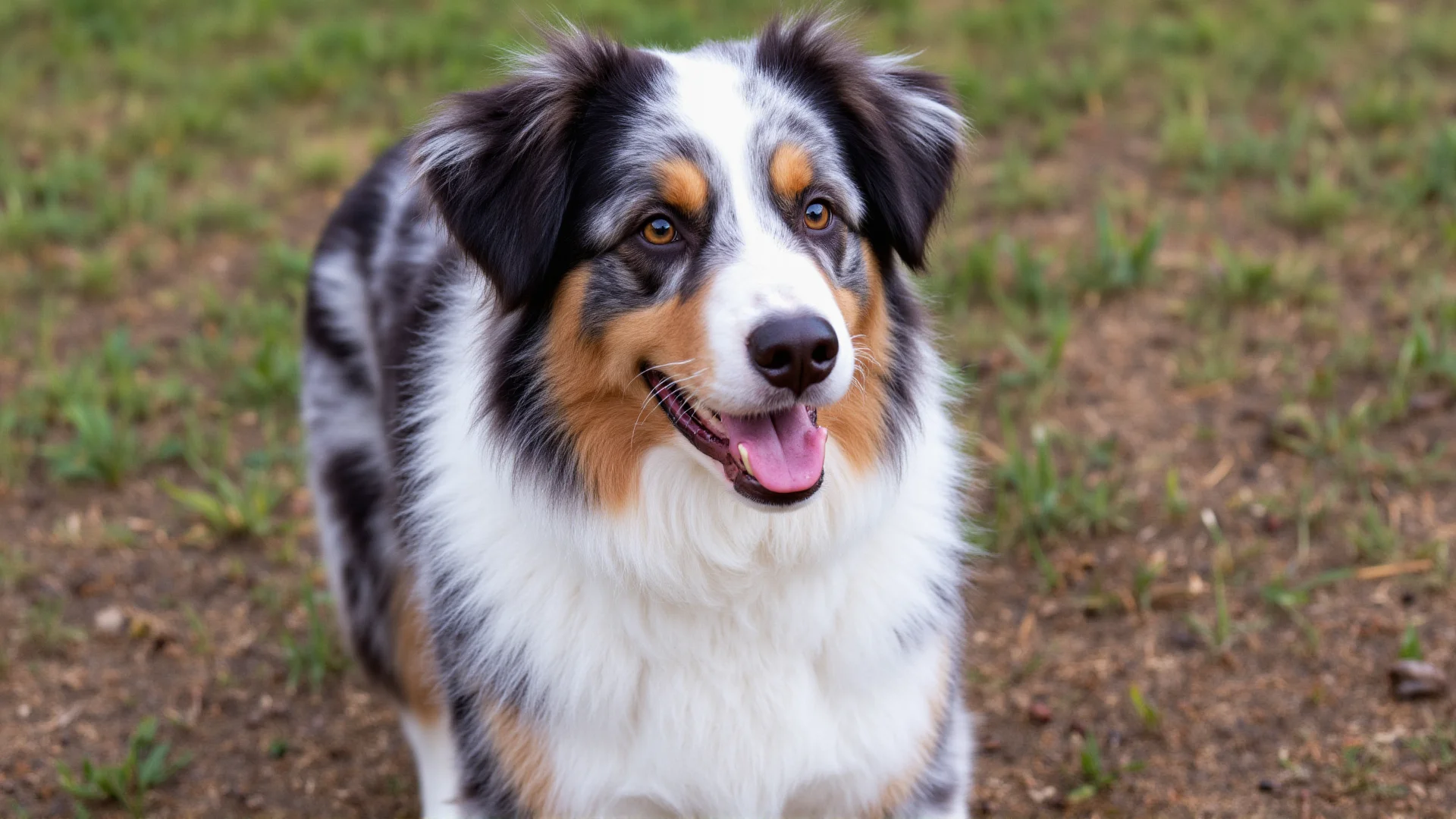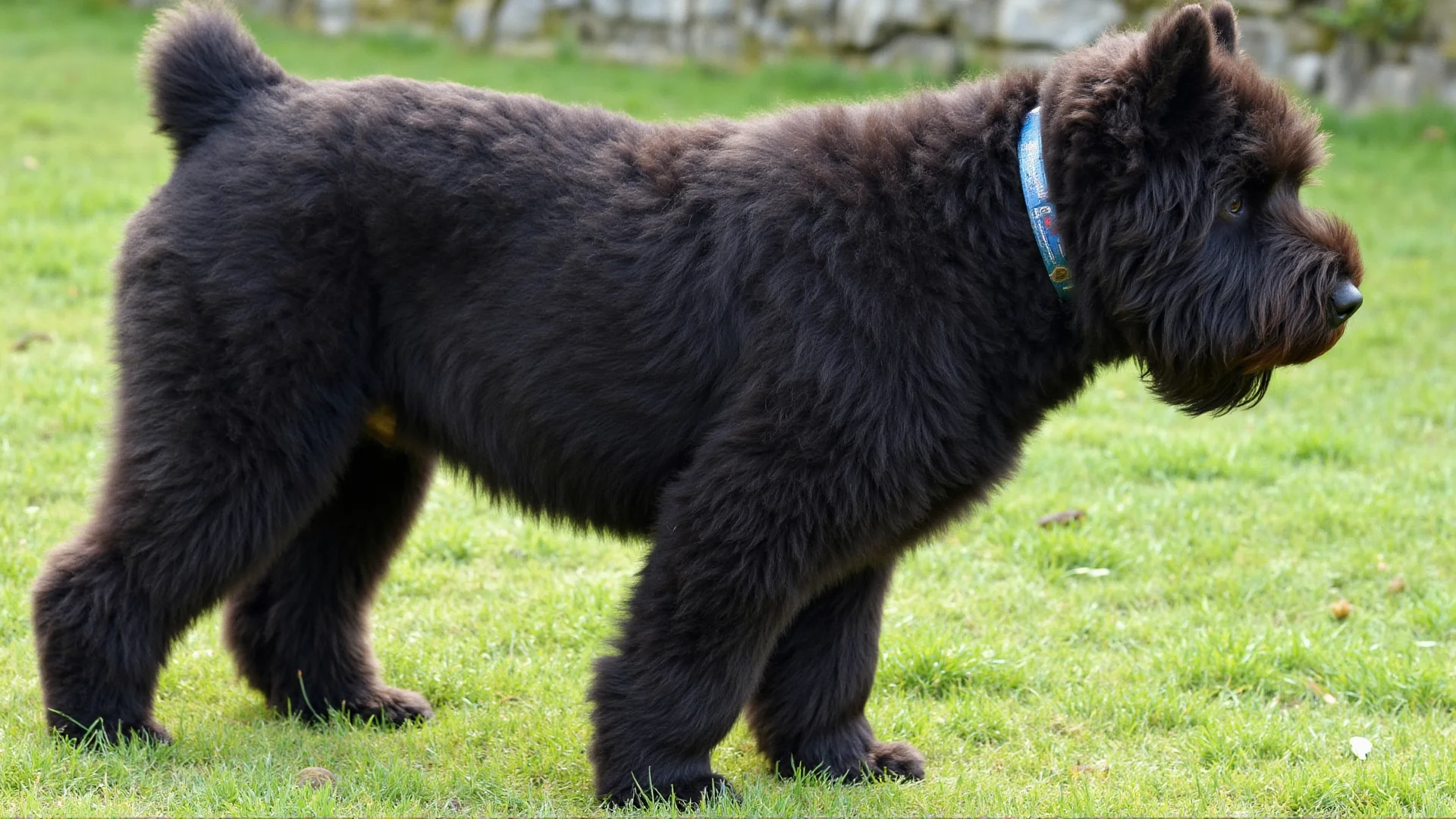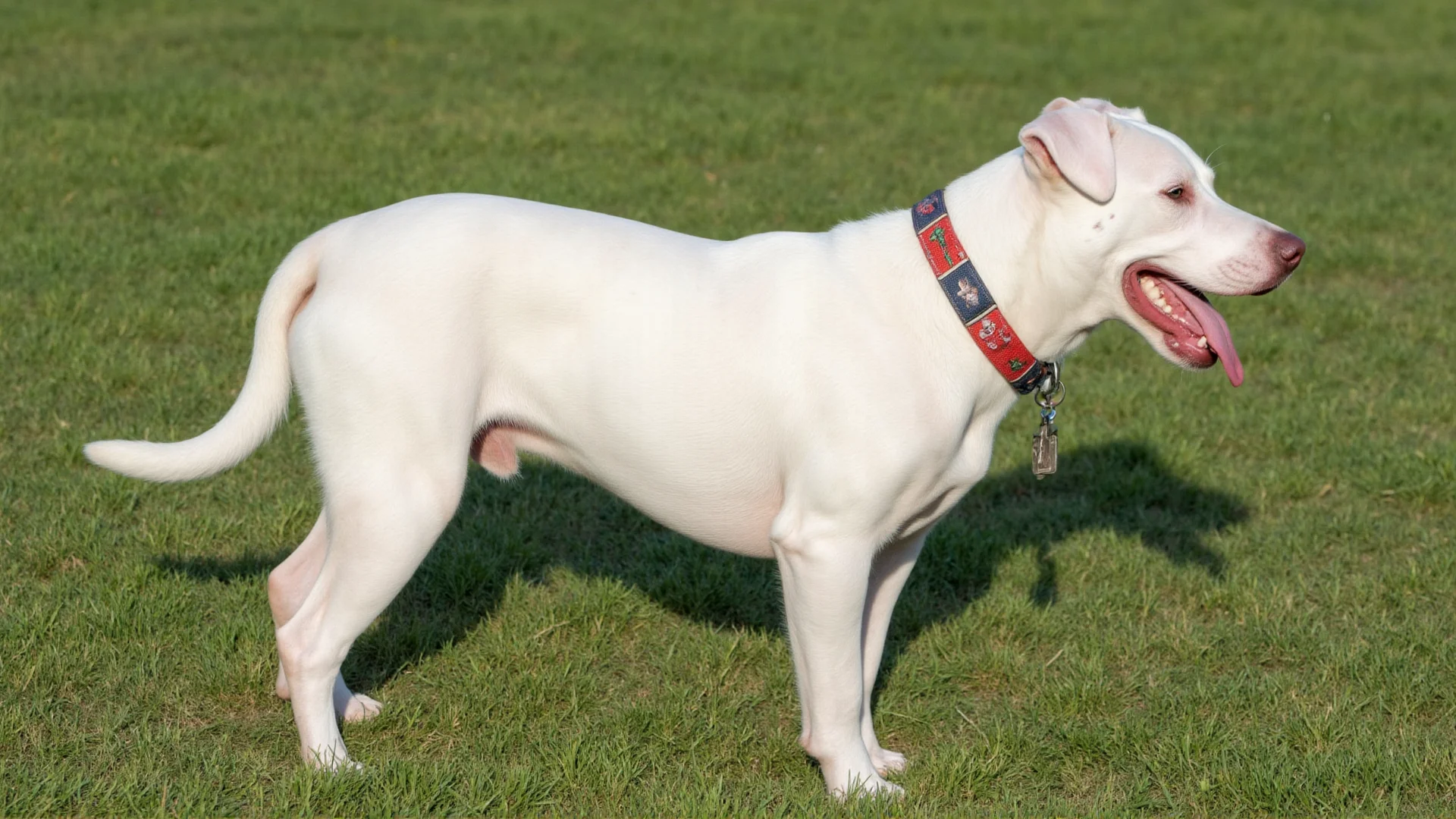The Australian Shepherd: Your Ultimate Working Dog Companion
When it comes to working dogs, few breeds can match the intelligence, versatility, and unwavering dedication of the Australian Shepherd. These remarkable canines have earned their reputation as one of the most capable working breeds, excelling in everything from livestock herding to search and rescue operations.
The Working Heritage of Australian Shepherds
Despite their name, Australian Shepherds were actually developed in the United States during the 19th century. These dogs were bred specifically for their working abilities, with ranchers selecting for traits like intelligence, stamina, and an intense desire to work. This selective breeding has resulted in a dog that doesn't just work—it lives to work.
Australian Shepherds were originally designed to herd livestock across vast ranches in the American West. Their ability to work independently while remaining responsive to their handler's commands made them invaluable to ranchers managing large flocks of sheep and cattle across challenging terrain.
Physical Characteristics That Support Their Work
Size and Build
Australian Shepherds typically weigh between 40-65 pounds and stand 18-23 inches tall. This medium size gives them the perfect balance of agility and strength needed for demanding work environments. They're large enough to command respect from livestock yet agile enough to navigate difficult terrain with ease.
Coat and Weather Resistance
Their double coat provides excellent protection against harsh weather conditions. The outer coat repels water and debris, while the dense undercoat provides insulation. This weather resistance allows them to work effectively in various climates and conditions, from snowy mountain ranges to hot, dusty plains.
Distinctive Eyes
One of the most striking features of Australian Shepherds is their eyes, which can be brown, blue, amber, or even heterochromatic (two different colors). Beyond their beauty, these keen eyes are perfectly adapted for their herding work, allowing them to maintain visual contact with their handler while keeping track of livestock.
Mental Capabilities and Working Intelligence
Problem-Solving Abilities
Australian Shepherds rank among the most intelligent dog breeds, consistently placing in the top 10 for working intelligence. They excel at reading situations, anticipating needs, and solving problems independently. This intelligence isn't just book smarts—it's practical, working intelligence that allows them to make split-second decisions in the field.
Learning Speed and Retention
These dogs are exceptionally quick learners who can master new commands in just a few repetitions. More importantly, they retain what they learn and can apply their knowledge to new situations. This adaptability makes them excellent candidates for various types of work beyond traditional herding.
Focus and Concentration
One of the most remarkable aspects of the Australian Shepherd's working ability is their intense focus. When engaged in work, they can maintain concentration for extended periods, often seeming to enter a "zone" where distractions fade away and only the task at hand matters.
Modern Working Roles for Australian Shepherds
Traditional Livestock Herding
Many Australian Shepherds still work in their traditional role on ranches and farms. Modern herding dogs use the same instincts and abilities their ancestors possessed, helping manage cattle, sheep, and other livestock. Their natural herding style combines stalking, chasing, and positioning to move animals where they need to go.
Search and Rescue Operations
The breed's intelligence, stamina, and desire to work make them excellent search and rescue dogs. They can work in various environments, from wilderness areas to disaster sites, using their keen senses and problem-solving abilities to locate missing persons.
Therapy and Service Work
Australian Shepherds' intelligence and trainability make them suitable for various service roles. They can be trained as guide dogs, mobility assistance dogs, or psychiatric service dogs. Their natural attentiveness to their handler's needs translates well to these helping roles.
Competitive Dog Sports
In the world of dog sports, Australian Shepherds are formidable competitors. They excel in agility, obedience, rally, and herding trials. These activities provide mental and physical stimulation while showcasing the breed's working abilities in a competitive setting.
Training Your Australian Shepherd for Work
Start Early and Stay Consistent
Training should begin as early as possible, ideally when your Australian Shepherd is still a puppy. These dogs have such high learning capacity that early training sets the foundation for more advanced work later. Consistency in training methods and expectations is crucial for success.
Use Positive Reinforcement
While Australian Shepherds are eager to please, they respond best to positive reinforcement training methods. Use treats, praise, and play as rewards for correct behavior. Their high food drive and desire for approval make them highly motivated trainees.
Provide Mental Challenges
Training sessions should include mental challenges that engage their problem-solving abilities. Puzzle toys, complex command sequences, and varied training environments help keep their minds sharp and engaged.
Gradually Increase Difficulty
Start with basic commands and gradually increase the complexity of tasks. Australian Shepherds thrive on progressive challenges and will often seek out more difficult tasks once they've mastered easier ones.
Exercise and Physical Conditioning
High Energy Requirements
Working Australian Shepherds need substantial daily exercise—typically 2-3 hours of vigorous activity. This should include both physical exercise and mental stimulation. Without adequate exercise, these dogs can become destructive or develop behavioral problems.
Building Endurance
For dogs intended for demanding work roles, building endurance is crucial. Start with shorter sessions and gradually increase duration and intensity. Swimming, hiking, and running are excellent conditioning exercises.
Joint Health Considerations
While building fitness, be mindful of joint health, especially in young dogs whose growth plates haven't fully closed. Avoid excessive jumping or repetitive high-impact activities until your dog reaches skeletal maturity around 18-24 months.
Nutrition for Working Australian Shepherds
High-Quality Protein
Working dogs need diets rich in high-quality protein to support muscle development and repair. Look for foods with real meat as the first ingredient and protein levels of 22-28% for adult working dogs.
Energy Requirements
Active working Australian Shepherds may need 20-40% more calories than sedentary pets. Monitor your dog's body condition and adjust portions accordingly. Working dogs should maintain a lean, athletic build.
Hydration Needs
Proper hydration is crucial for working dogs. Always provide access to clean, fresh water, especially during and after work sessions. In hot weather or during intense work, consider electrolyte supplements.
Health Considerations for Working Dogs
Regular Health Screenings
Working Australian Shepherds should receive regular veterinary check-ups with attention to joint health, eye examinations, and overall condition assessments. Early detection of issues is crucial for maintaining working ability.
Common Breed Health Issues
Be aware of breed-specific health concerns including hip dysplasia, elbow dysplasia, progressive retinal atrophy, and the MDR1 genetic mutation that affects drug sensitivity. Responsible breeding and health testing help minimize these risks.
Injury Prevention
Implement injury prevention strategies including proper warm-up and cool-down routines, appropriate rest periods, and monitoring for signs of fatigue or discomfort during work sessions.
Maximizing Your Australian Shepherd's Working Potential
Understanding Individual Strengths
Every Australian Shepherd is an individual with unique strengths and preferences. Some may excel at detailed, precision work, while others might be better suited for high-energy, physical tasks. Observe your dog and tailor their work to their natural abilities.
Building Partnership
The best working relationships are built on mutual trust and communication. Spend time bonding with your Australian Shepherd outside of work sessions. This strong relationship foundation enhances performance and job satisfaction for both dog and handler.
Providing Purpose
Australian Shepherds need to feel useful and engaged. Even if they're not working in a traditional sense, provide them with "jobs" around the house or yard. This might include carrying supplies, helping with chores, or participating in regular training sessions.
Conclusion
The Australian Shepherd represents the pinnacle of working dog development—intelligent, versatile, dedicated, and capable. Whether you're looking for a traditional ranch dog, a competitive sports partner, or a versatile working companion, the Australian Shepherd offers unmatched potential.
Success with these remarkable dogs requires understanding their needs, providing appropriate training and conditioning, and respecting their deep-seated desire to work. With proper care and training, an Australian Shepherd doesn't just become a working dog—they become an indispensable partner capable of extraordinary achievements.
Remember that owning a working Australian Shepherd is a significant commitment. These dogs require active, engaged owners who can provide the mental and physical stimulation they need to thrive. In return, you'll gain a loyal, intelligent, and incredibly capable working companion who will exceed your expectations at every turn.




